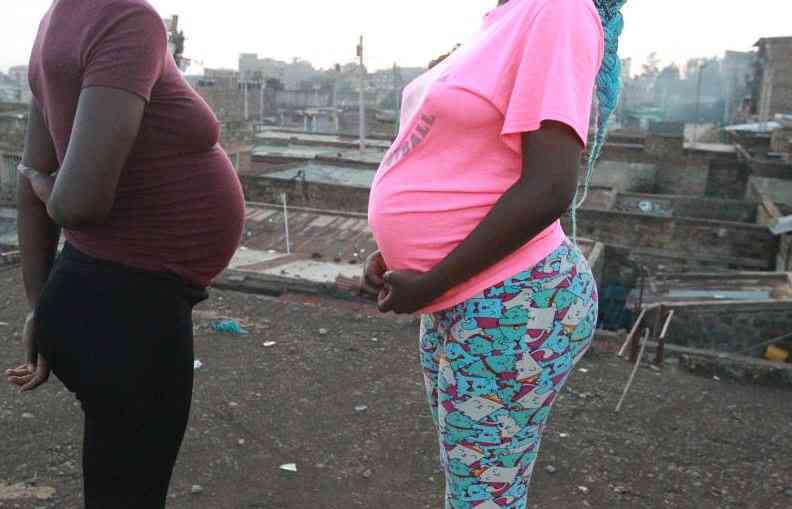Kenya intensifies its HIV fight, targeting men as beneficiaries

Elgeyo Marakwet Governor Wisley Rotich during a meeting on HIV-Aids at Tambach yesterday /MATHEWS NDANYI
The National Syndemic Disease Control Council is intensifying its efforts to eradicate the HIV/AIDS pandemic. Through fresh measures and campaigns, the agency is engaging a broader range of stakeholders and addressing emerging trends that hinder progress in the fight.
These new initiatives are actively involving community elders, the clergy, men and youth, empowering them to lead the charge against the scourge.
Stakeholders from eight counties in the North and Central Rift regions recently converged in Tambach, Elgeyo Marakwet County, to discuss these new strategies.
Experts believe these approaches will significantly reduce or even eliminate new infections by the year 2030.
Dr Douglas Bosire, acting CEO of the NSDCC, highlighted a particular focus on men, identifying them as a "weak link" in the fight against HIV/AIDS.
He said that despite men being crucial decision-makers and influencers in society, they have largely remained on the sidelines in addressing what is now termed the "triple threat" – HIV/AIDS, gender-based violence and early pregnancies.
"So far, much of the efforts have focused on women and girls, inadvertently sidelining men and boys, despite the fact that they are key decision-makers in homes and within our societal setup," Bosire said on the sidelines of the Tambach conference.
Bosire further explained that many men continue to shy away from HIV/AIDS testing and participation in related activities. While progress has been made in the overall fight, he indicated that these gains are being eroded by the neglect of men in prevention efforts.
"The emerging issue is mainly that we are leaving men behind while concentrating on women and girls. Even the statistics we have indicate that we are not focusing on men," he said.
He revealed that last year, out of about 6.8 million HIV/AIDS tests conducted, only 27 per cent were among men, with the rest being women. This disparity means fewer men access treatment, and a lower retention rate for men on treatment compared to women.
Regarding mortality rates, Bosire said that while 65 per cent of those known to be living with HIV/AIDS are women, the death rate is nearly equal between genders.
He added that for other syndemic conditions associated with HIV/AIDS, such as tuberculosis, 2022 statistics showed that out of 90,000 notifications recorded nationwide, 68 per cent were men aged between 25 and 45 years.
"We are therefore bringing together mainly men from various communities so that we share and discuss with them how best to tackle the spread of HIV/AIDS among them," Bosire said.
Elgeyo Marakwet Governor Rotich emphasised his county's commitment to actively involve all stakeholders in tackling the "triple threat."
"We want everyone to go out there and talk about HIV/AIDS, GBV, and teen pregnancies because all these issues are now a threat to our society," he added.
He condemned the unacceptable prevalence of defilement and impregnation of young girls, stressing the need to confront those who target children.
"It’s now difficult and risky to even send a young girl to the shop because that is the same as exposing them to dangerous people who should not be accommodated in our society."
Statistics presented at the meeting indicated that in 2024 alone, more than 3,713 new HIV infections were reported in the eight participating counties, alongside more than 4,000 deaths.
The conference brought together more than 2,000 key players from Kericho, Uasin Gishu, Nandi, Trans Nzoia, Elgeyo Marakwet, West Pokot, Baringo, Nakuru and Turkana counties.
Governor Rotich was the chief guest, with representatives from the Gender and Affirmative Action state department and the ministries of Health and Education.









